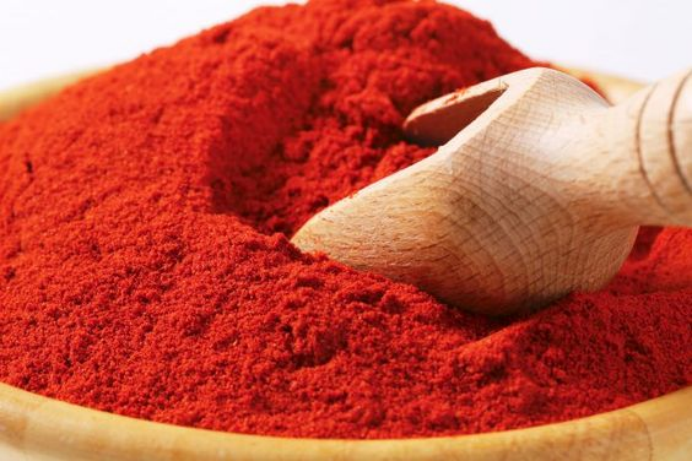- No. 268 Xianghe Street, Economic Development Zone of Xingtai city, Hebei 054001 China
- Byron@hbhongri.cn
Exploring Various Varieties of Paprika and Their Unique Flavors
Exploring Different Types of Paprika A Flavorful Journey
Paprika, a vibrant spice derived from ground dried peppers, is celebrated for its rich color and diverse flavor profiles. Originating from Central America, this beloved seasoning has found its way into kitchens around the world, particularly in Europe. With numerous varieties available, each type of paprika offers unique culinary experiences. In this article, we will explore the different types of paprika, their flavor profiles, and how they can elevate your cooking.
1. Sweet Paprika
Sweet paprika, often referred to as Hungarian paprika, is perhaps the most well-known variety. It is made from sweet red peppers, which are dried and ground into a fine powder. This type of paprika is characterized by its mild flavor and beautiful red hue. Sweet paprika is commonly used in dishes like goulash, stews, and various sauces. Its gentle sweetness adds depth to meals without overwhelming them, making it a staple in many kitchens.
2. Smoked Paprika
Also known as pimentón, smoked paprika originates from Spain and is made from peppers that are smoked over oak fires before being ground into powder. This method imparts a deep, smoky flavor that can range from mild to hot. Smoked paprika is particularly popular in Spanish cuisine and is a key ingredient in dishes like paella and chorizo. Its unique flavor can also enhance meats, vegetables, and even popcorn, making it a versatile addition to your spice cabinet.
3. Hot Paprika
For those who enjoy a bit of heat, hot paprika is an excellent choice. It is made from spicier varieties of red peppers and has a sharp, fiery flavor. Hot paprika is perfect for adding a kick to your dishes, and it can be used in marinades, rubs, and spicy stews. When using hot paprika, a little goes a long way, as its intense heat can easily dominate a dish.
4. Hungarian Paprika
different types of paprika

While sweet and hot paprika are popular, Hungarian paprika deserves a special mention due to its unique identity. It comes in various grades, ranging from delicate, sweet styles to coarse, spicy varieties. The highest grade, Noble Sweet, is known for its fruity flavor and lovely color. Hungarian paprika is a cornerstone of traditional Hungarian dishes, including the famous paprika chicken and fish soup.
5. De Arbol Paprika
De Arbol paprika is made from the small, red, and potent Arbol peppers. Known for their vibrant color and intense heat, de Arbol paprika can pack quite a punch. This type of paprika adds both flavor and heat to dishes, making it a favorite for those who enjoy a fiery kick. It works wonderfully in salsas, hot sauces, and bean dishes.
6. Pimento Paprika
Pimento paprika, made from the sweet pimento pepper, falls somewhere between sweet and smoked paprika. It has a rich, fruity flavor that is not overwhelmingly hot, making it a delightful addition to salads, dips, and sauces. Often used in Mediterranean cuisine, pimento paprika can bring a unique sweetness to various dishes.
Using Paprika in Your Cooking
When using paprika, it’s important to consider the specific type and flavor profile you want to achieve in your dish. Sweet paprika can brighten up a creamy dip, while smoked paprika can add an earthy depth to grilled meats. Hot paprika can elevate any dish that needs a fiery kick, from soups to stir-fries.
In conclusion, the diverse world of paprika offers a wide array of flavors and uses. Whether you prefer the sweetness of Hungarian paprika, the smokiness of pimentón, or the heat of hot paprika, incorporating different types can enhance your culinary creations. So the next time you’re in the kitchen, don’t hesitate to experiment with these various paprikas to discover new depths of flavor in your cooking.
-
Turmeric Rhizome Powder: A Golden Treasure from Roots to TableNewsJul.28,2025
-
The Versatile Application Of Crushed Red Hot Peppers: Lighting Up The Red Flames On The Dining TableNewsJul.28,2025
-
The Paprika: A Touch Of Vibrant Red In Color, Flavor, And CultureNewsJul.28,2025
-
Ground Turmeric: A Modern Examination of an Ancient SpiceNewsJul.28,2025
-
Capsicum Liquid Extract: Features, Applications, and ChallengesNewsJul.28,2025
-
Application of Capsicum Liquid Extract in FoodNewsJul.28,2025







